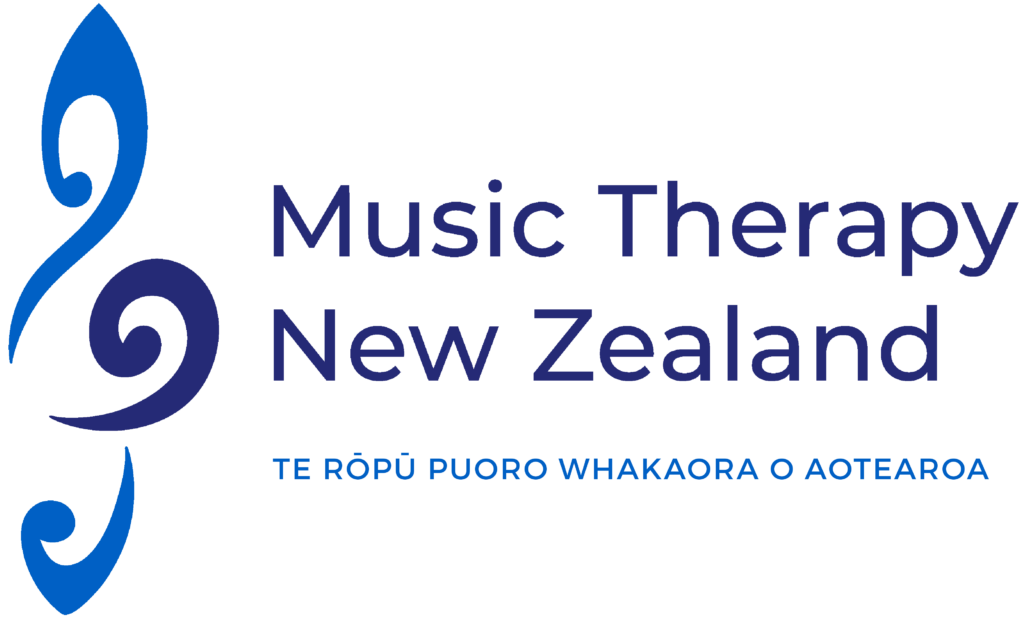Goodman, K. D. (2015). International Perspectives in Music Therapy Education and Training: Adapting to a Changing World. Springfield, IL: Charles C. Thomas.
Reviewer:
Coco Hong-Ching Kho: BMus, MMusTher, NZRMTh
Private practice and Wellington Early Intervention Trust
I have been working with young children since I graduated as a music therapist. Having come to New Zealand nine years ago and trained as a music therapist in New Zealand, it has been a journey for me to adapt to different environments, communities, cultures, and ethnicities, especially when I am working in an interdisciplinary team with clients from different backgrounds. When I had the opportunity to write this review, I was excited to learn more about perspectives on music therapy in different countries, how they relate to my personal experience, and how I can adapt my own practice.
This book, edited by Karen D. Goodman, contains contributions from experienced music therapists from around the world. The book is divided into three parts. The first part (Chapters 1-3) is about the design of music therapy training programmes. It looks at different training methods from a variety of universities and academic programmes, across a range of student learning levels. Each learningenvironment has its own characteristics so there are numerous possibilities for programme design variations.
In the first chapter, Colin Andrew Lee discusses the concept of Aesthetic Music Therapy, focussing on the analysis of clinical-musicalstructures in improvisation and their role in a music-centred education programme. There is also a discussion of musicianship skills and competencies. The text then moves on to Esa Ala-Ruonaૻs description of multilevel programme design in Finland that incorporates the use of music technology for clinical intervention. Finally, Hanne Mette Ridder provides the reader with the principles of problem-based learning in the context of doctoral education level in Denmark. Ridder uses a social constructive approach to look at self-directed learning and the learning community, with a convincing sample case study for the model for thisfield.
The second part of the book focuses in great detail on multicultural identity, which plays a vital part in my own practice. According to Goodman (2011), only three music therapy courses in the United States have directly addressed the issues of culture in music therapy practice. Therefore, in these chapters (chapters 48), the authors outline useful information on how music therapy educators, trainers and supervisors can explore community-based clinical learning possibilities for music therapy students to raise their consciousness about multiculturalism. Robert Krout discusses music therapy student experiences and focuses on community engagement in Jamaica, while Avi Gilboa reports on the results of interviews with leading educators in Israel, and their reflections on how their own backgrounds have impacted their students, teaching style and administrative roles.
While many students from Asia travel to the United States and other western countries for their music therapy training, Youngshin Kim, who teaches in Korea, invites inquiry about the integration of eastern and western cultures in the training of music therapists in Asia.
With the changes in today’s society, Lia Rejane Mendes Barcellos and Thelma Sydenstricker Alvares provide a wider perspective on multiculturalism by presenting the changing attitude of the government in recognising music therapy in Brazil. In the final chapter of this part of the book, Sumathy Sundar discusses the development pathway of music therapy in India, wishing that western countries would embrace and incorporate ancient wisdom and practice in music healing from India.
The last part of the book invites the reader to consider a variety of emerging and ongoing issues. Several interesting perspectives drew my attention and these reflect a changing world and the value of adaptation and acceptance. These include Elizabeth York’s discussion on the inclusion of people who identify as lesbian, gay, bisexual, transgender or queer. She looks at the challenges these people face, emphasising the importance of multiculturalism, understanding, and accepting multiple perspectives. Leslie Bunt shares his journey and thoughts about the integration of art and science in music therapy training for both trainees and educators. Jane Edwards and Simon Gilberston provide an intimate look at their reactions to students on resistance and change in music therapy in their teaching programs in Ireland.
Within all these perspectives, supervision plays an essential part in therapist’s journey. Thus, Elaine Streeter writes about her efforts in standardising music therapy postgraduate training supervision in the UK, in order to adapt to the trainee’s ongoing expectations and needs. To conclude, Karen D. Goodman writes about the book publishing in the field of music therapy, and the possibilities for further research in this area in the future.
In general, I absolutely enjoyed reading this book as it is well organised, illustrated with effective pictures, music notations and charts, and includes convincing case studies and examples. It focuses on how to deliver the most effective training method to music therapy students. However, the topics discussed are extremely important for practising music therapists, and I believe they are part of ongoing discussions in our day-to-day practice. Depending on oneૻs particular areas of interest, this book can be read either as a whole or as individual chapters. The text provides good insights into diverse approaches applied around the world and helpful guidance for music therapists from different training backgrounds, working cross-culturally or overseas, and for researchers on the world stage of music therapy.
Reference: see full journal
Download Full Journal


